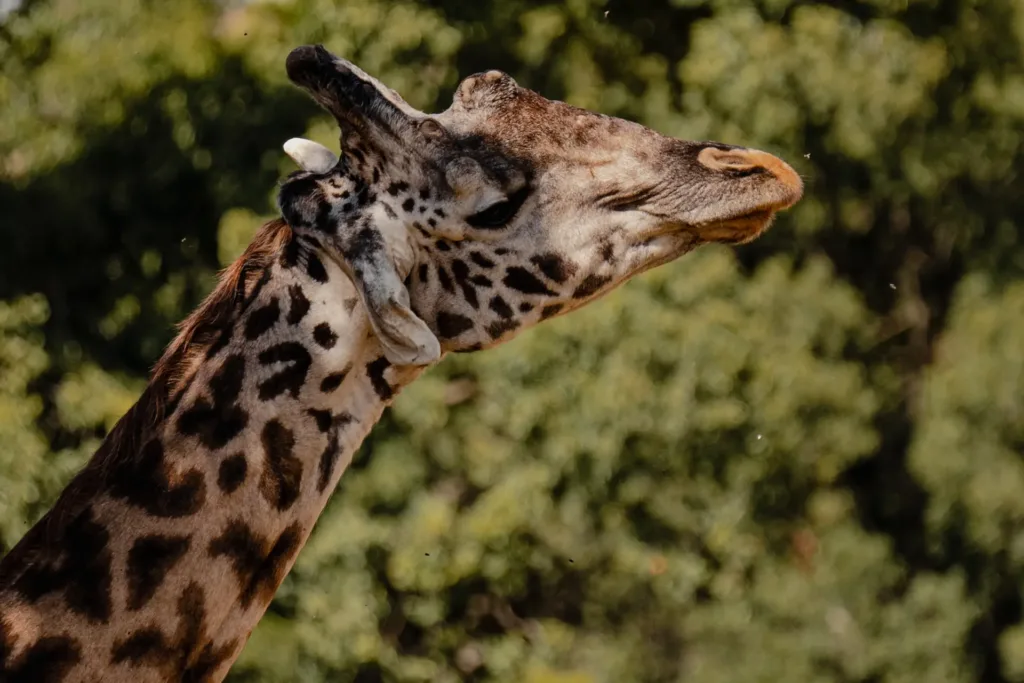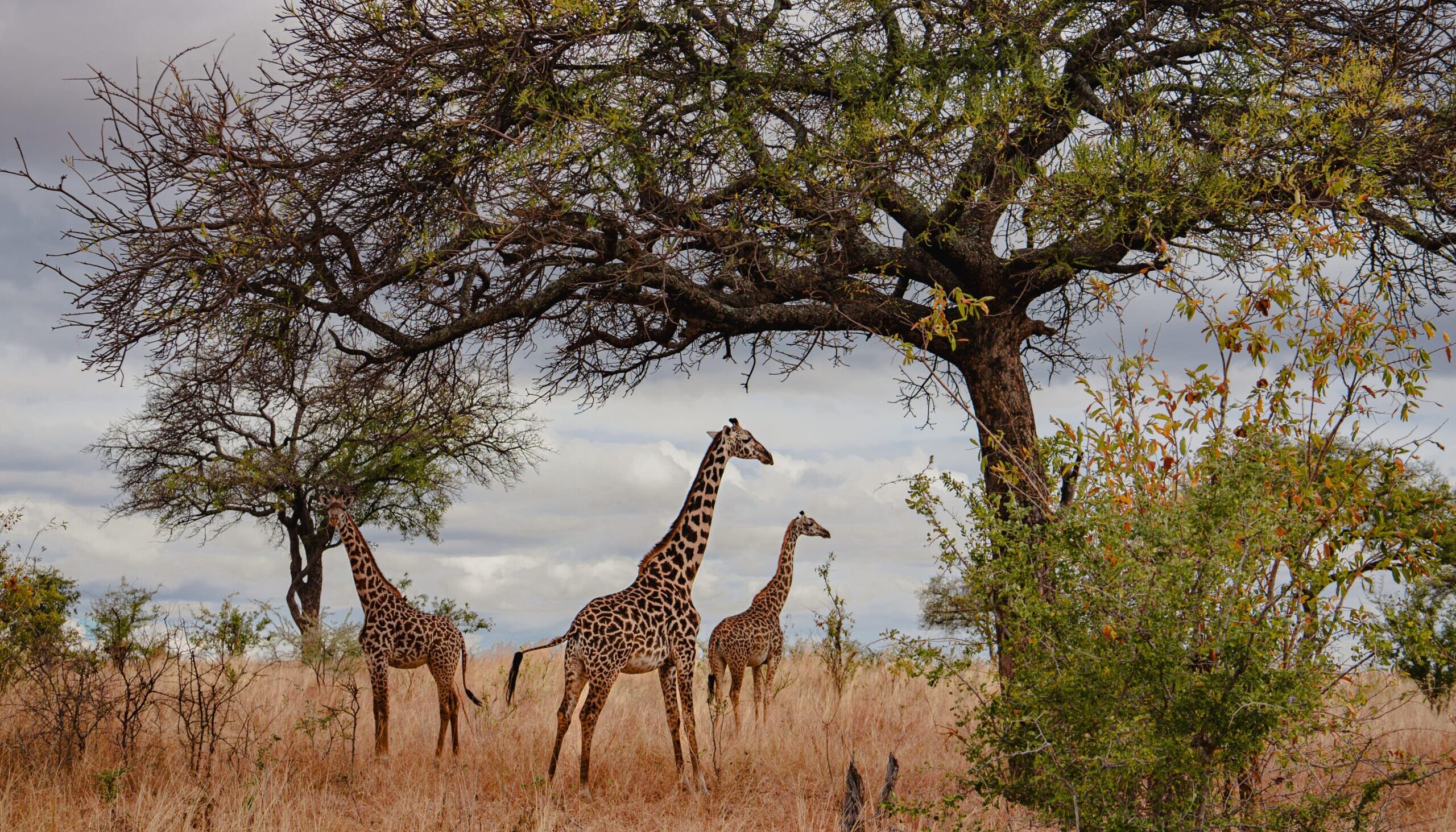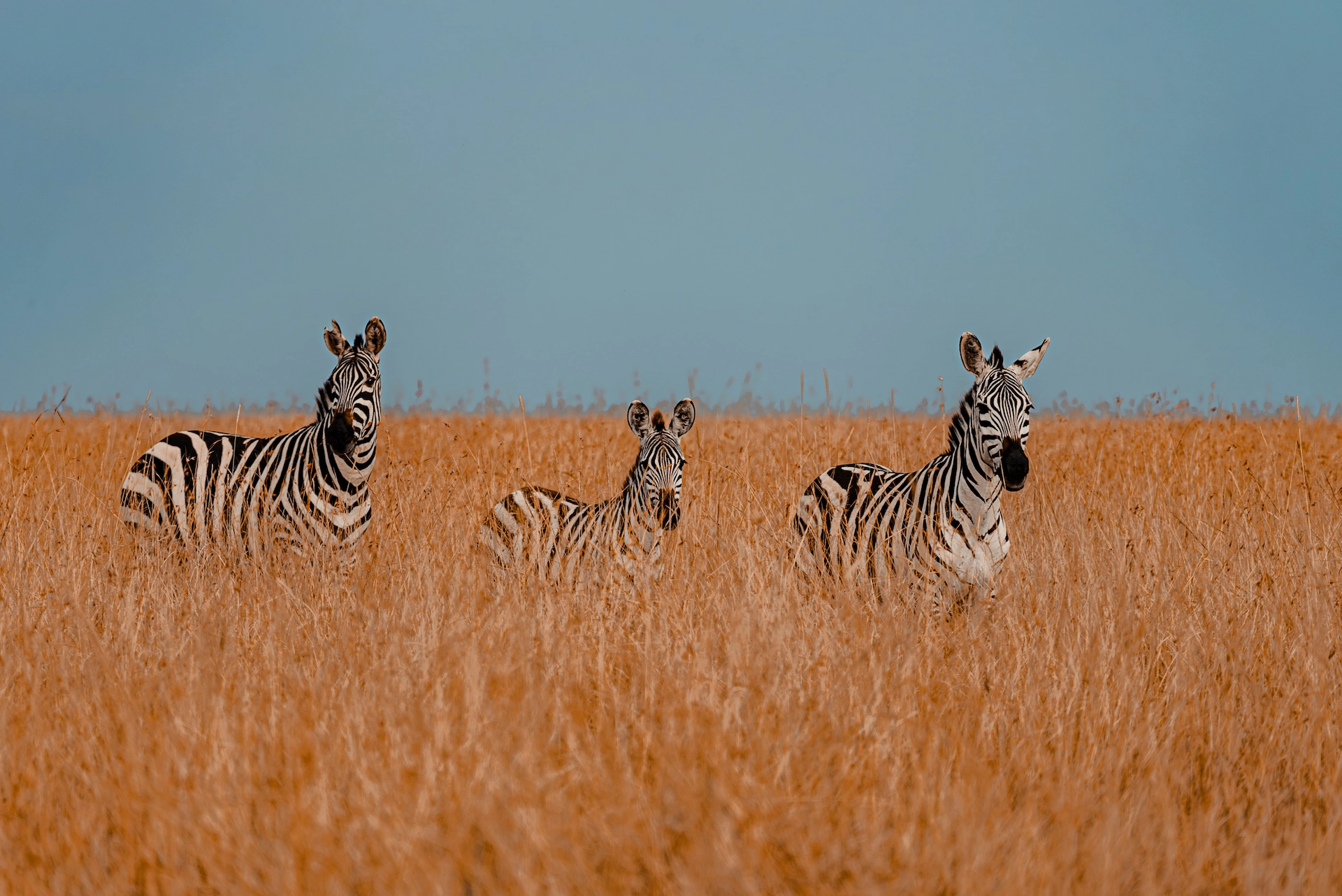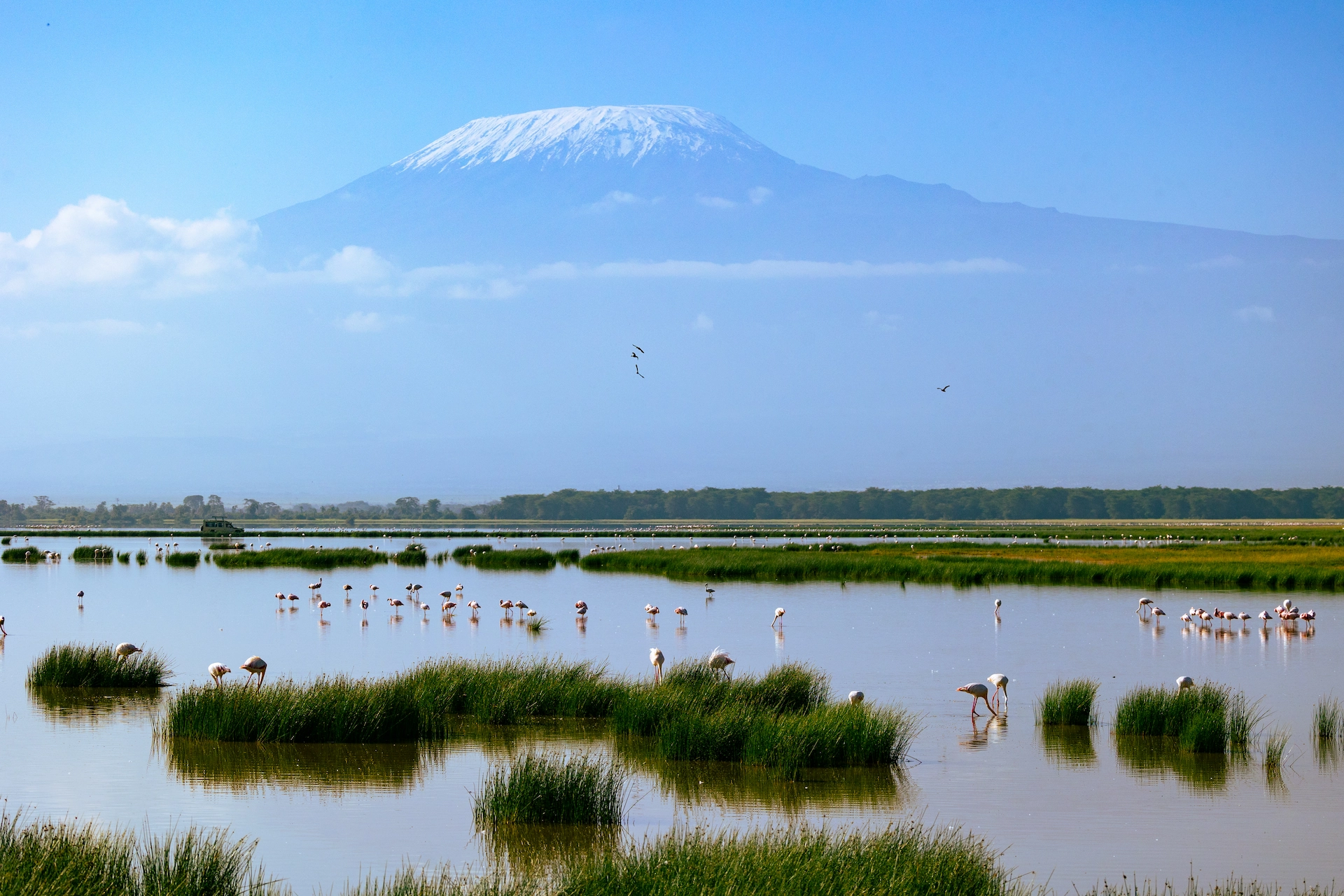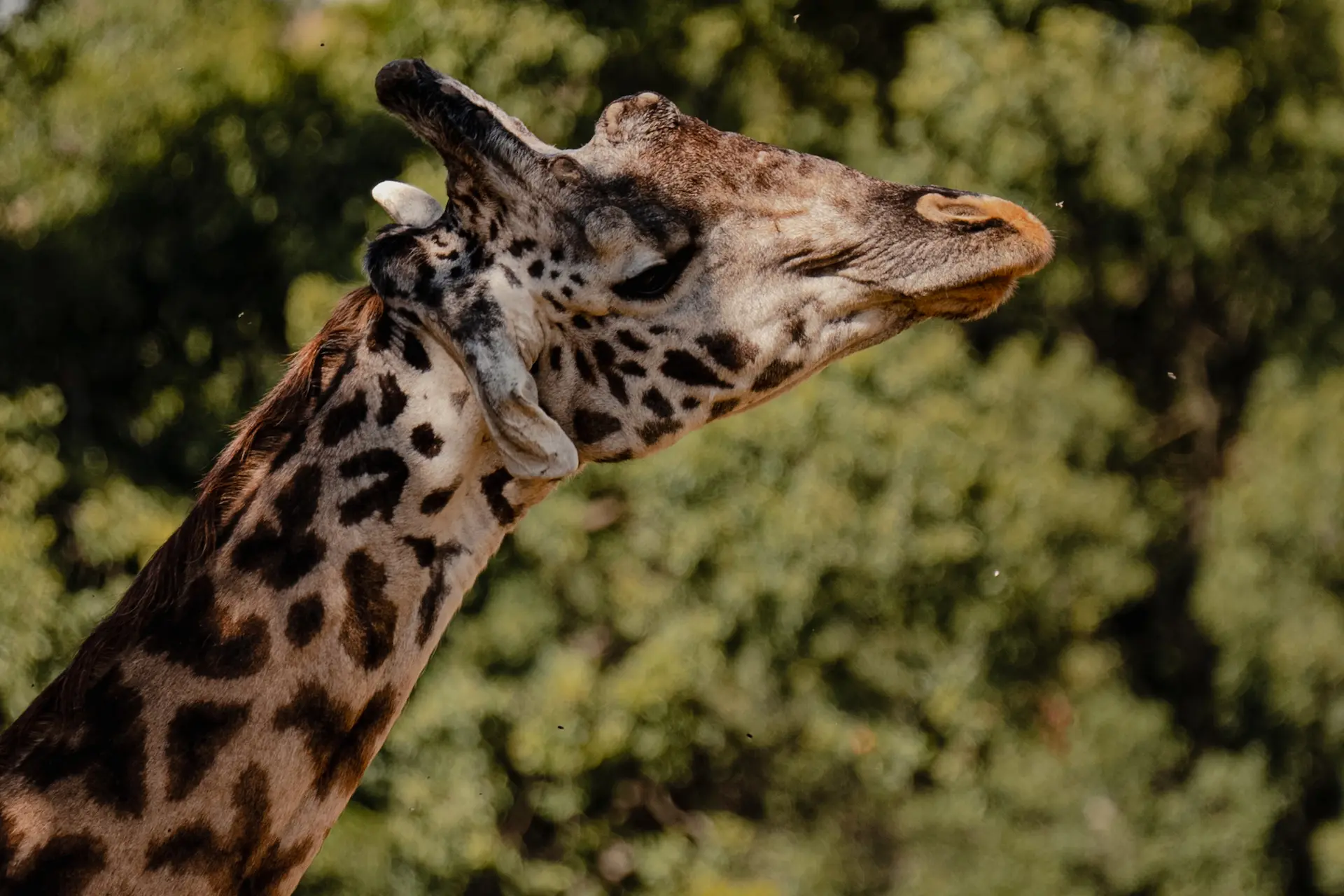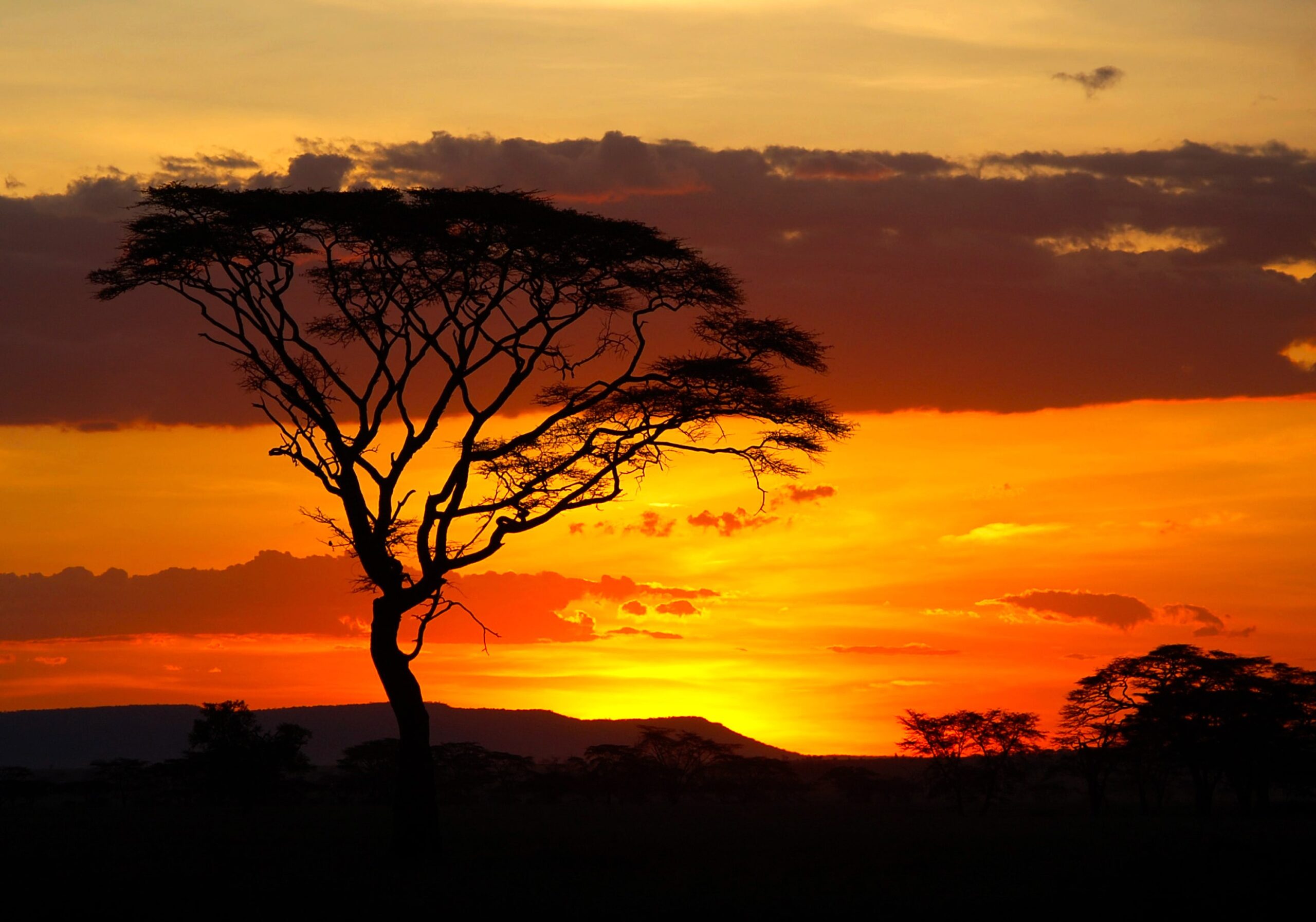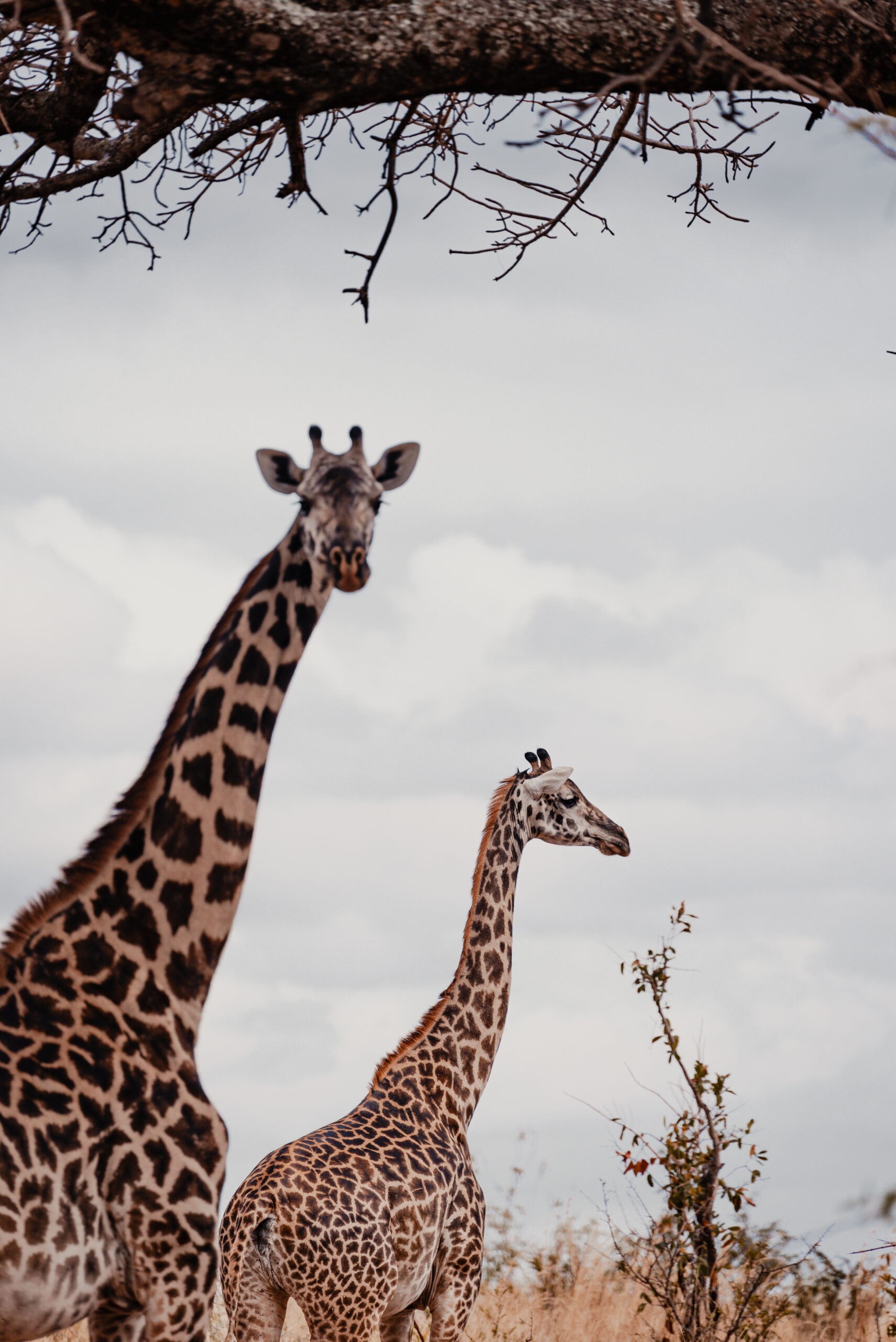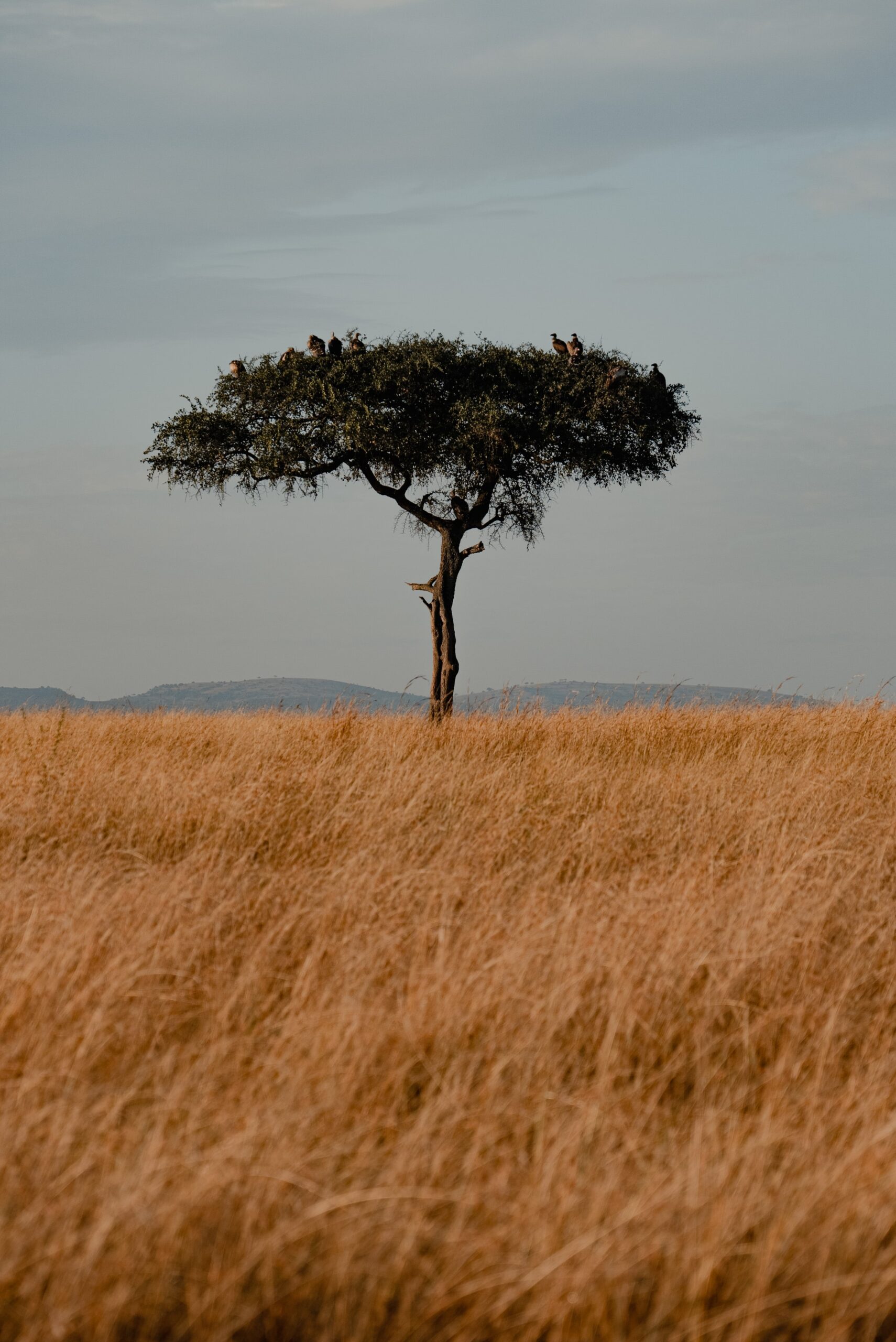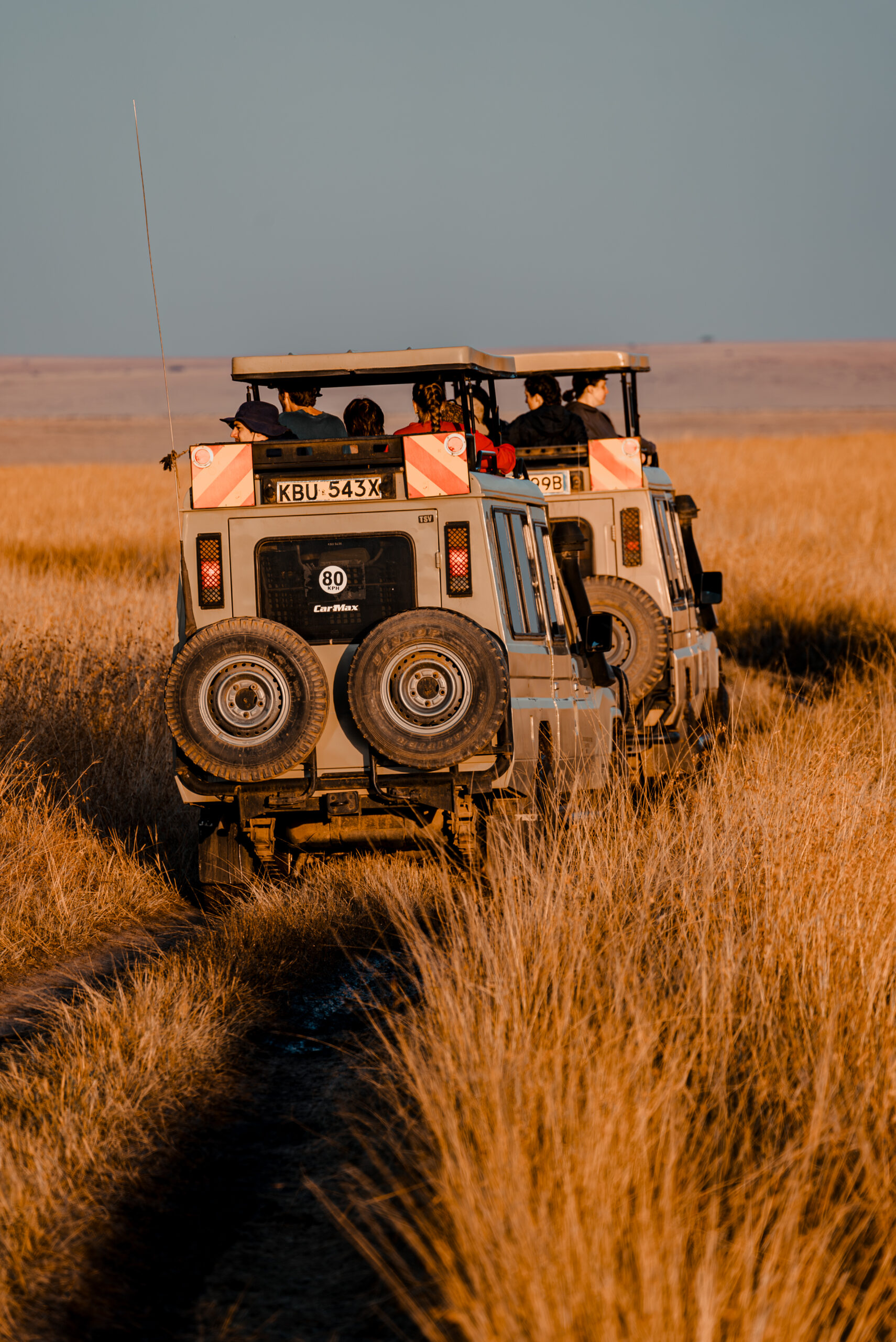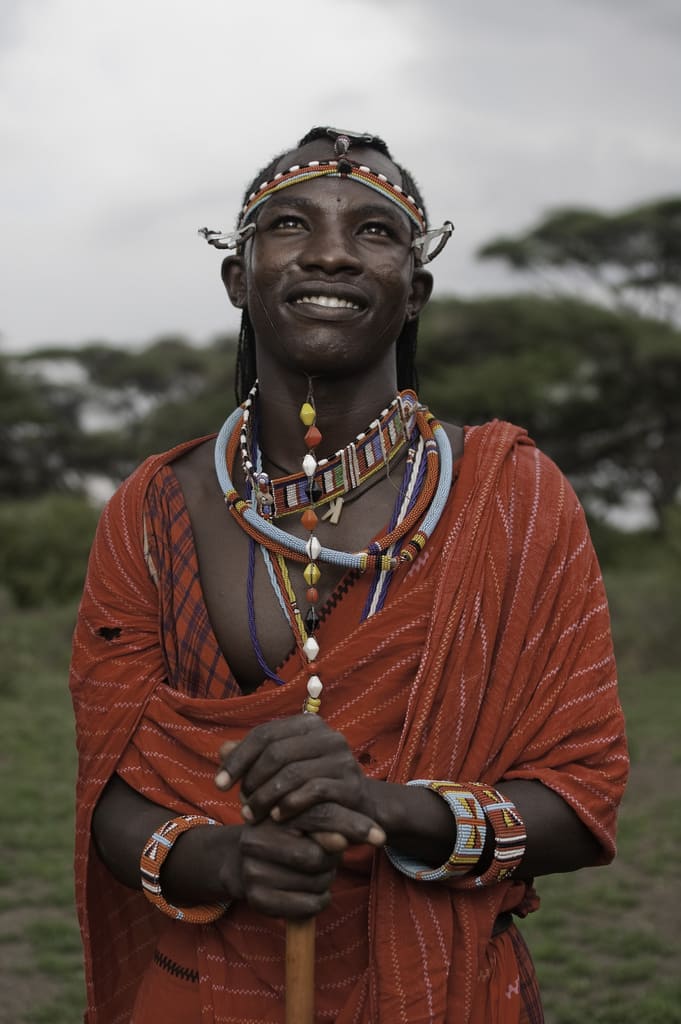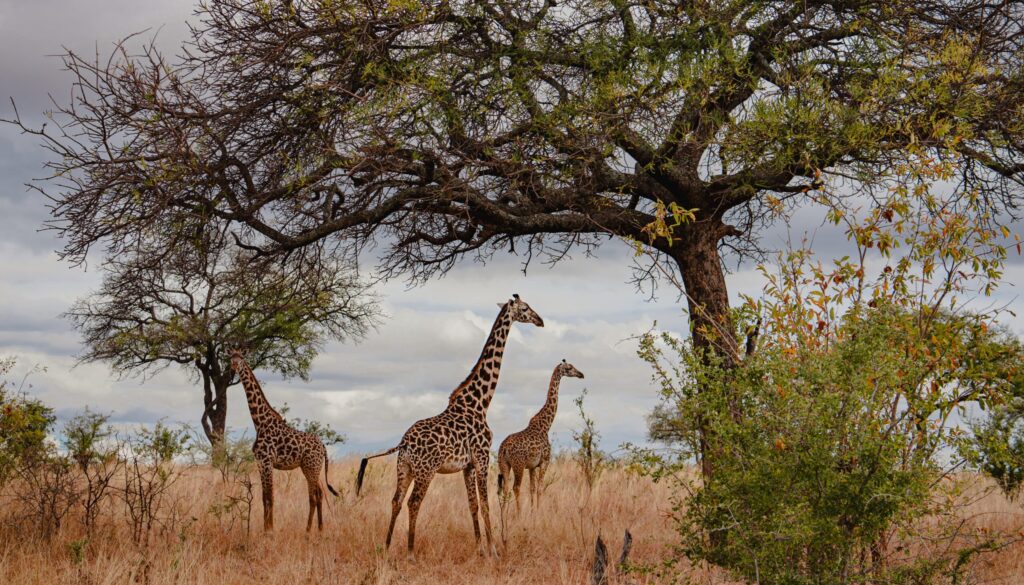
Program Costs
- Tuition
- Room & Board
- Total
Application Deadlines
Resources
Giraffe Ecology and Conservation
Immerse yourself in the world-famous national parks and reserves of Kenya while studying the world’s tallest terrestrial animal. Through safari drives, field excursions, and conversations with wildlife experts, you will study emerging giraffe conservation issues and develop an understanding of policy implementation and legal protections. You’ll explore traditional knowledge and different approaches to wildlife management and conservation with the Maasai and local community groups.
- Enjoy travelling lectures to multiple conservancies within Amboseli ecosystem, home to the majority of giraffe populations.
- On two multi-day camping trips, explore both Amboseli National Park and Maasai Mara National Reserve to view a wide range of megaherbivores and predators in different habitats.
- Visit local Maasai communities and settlements (‘manyatta’) to converse and understand how they coexistence with wildlife around them.
Academics
This academically rigorous program follows a six-day/week schedule. Each program combines theory learned during classroom sessions with field-based applications. The interdisciplinary curriculum facilitates students’ active discovery and understanding of the complexities of environmental, social, and economic issues in Kenya.
Major academic themes include:
- Giraffe behavioral ecology and communication
- Poaching and legal framework transformations in wildlife conservation
- Wildlife displacement and its effects on giraffes
- Disease and veterinary services in Kenya
- Use of technology in giraffe conservation efforts
- Transboundary giraffe conservation
- Habitat intruders and threats to giraffe populations
Courses
On the Giraffe Ecology and Conservation program, you will take one 4-credit course. This course is participatory in nature and is designed to foster inquiry and active learning combining lectures, field exercises, assignments, and tests. This course is taught in English.
Giraffe Ecology Conservation
The Giraffe (Giraffa camelopardalis) is an iconic species in the woodlands of Africa. As the world’s tallest land mammal, they have a widespread distribution across southern and eastern Africa and have a profound influence on the structure and dynamics of landscapes where they co‐exist with other species. Historically, giraffes ranged widely across much of the African continent, but they are now confined in national parks and reserves, conservancies, private ranches, and community land. Over the past three decades, giraffes across Sub-Saharan Africa have experienced a 30% population decline, with fewer than 80,000 individuals now surviving in the wild. In this course, students will learn and examine multiple aspects of giraffe ecology and conservation in Africa, especially in the Kenyan Amboseli, Nakuru, and Maasai‐mara landscapes. This learning process will be achieved through classroom interactive learning sessions, experiential field activities, class discussions and lectures by Faculty and various guests.
Core Skills
You will acquire practical skills in the field such as: giraffe identification techniques, ground counts, behavioral studies, home range assessment using telemetry, mitigation of human-wildlife conflicts, basic introduction to Swahili language, conducting social surveys, oral presentation skills, and data synthesis, analysis, and interpretation.
Field Sites
You will visit key giraffe conservation areas in the Amboseli region, visit the Giraffe Center and community conservancies, learn from the Maasai people and other local tribes living at the foot of Mt. Kilimanjaro and in the Maasai group ranches, and interact with researchers from the Kenyan National Parks system.
Other Kenya Programs
Endangered Species
More Information
Program Costs
- Tuition
- Room & Board
- Total
Elephants of the African Savanna
More Information
Program Costs
- Tuition
- Room & Board
- Total
Giraffe Ecology and Conservation
More Information
Program Costs
- Tuition
- Room & Board
- Total

